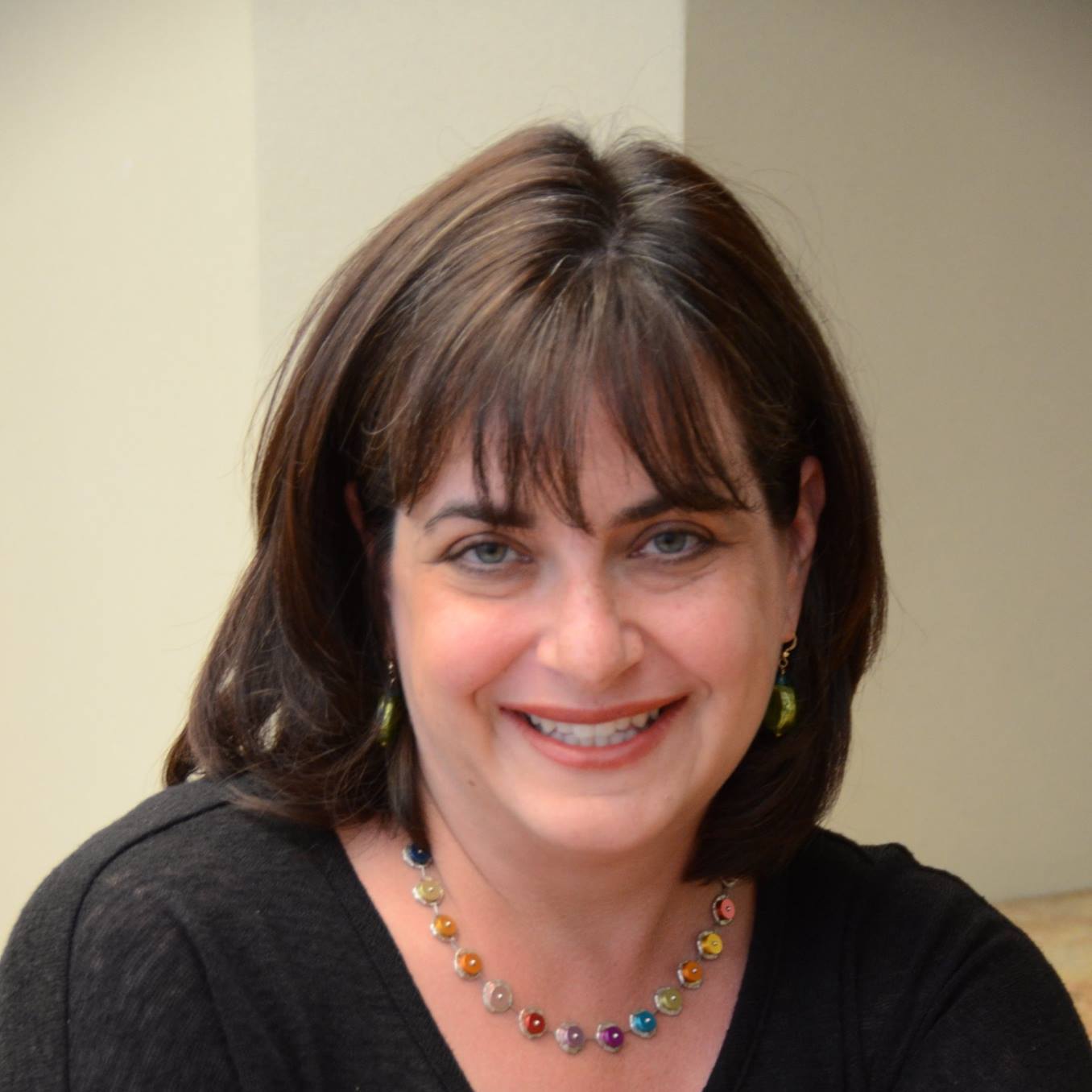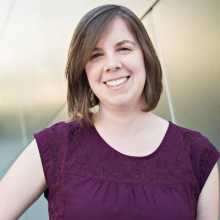The Armenian Genocide Martyrs Monument
In February, the Armenian Genocide Martyrs Monument at Bicknell Park in Montebello, California, was officially recognized as a California State Historical landmark. In light of this recognition, join us for an on-site educational experience at the Monument for middle school and high school educators.

